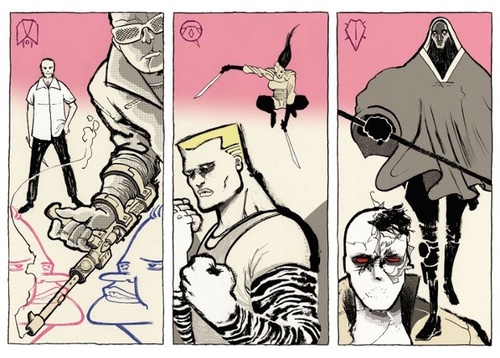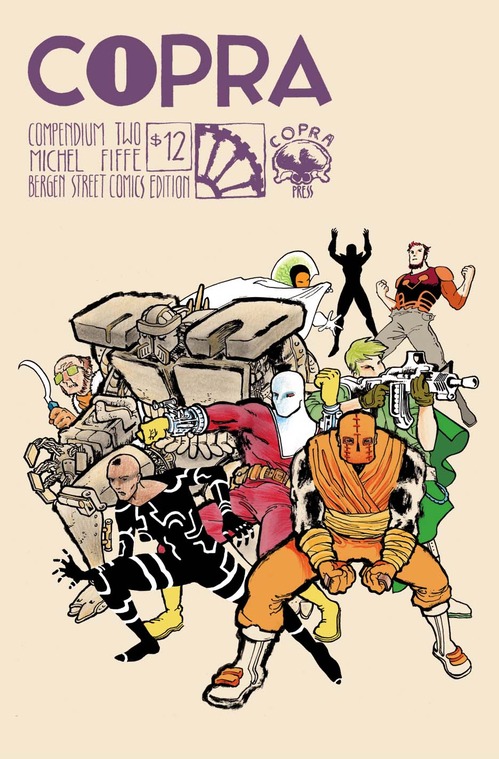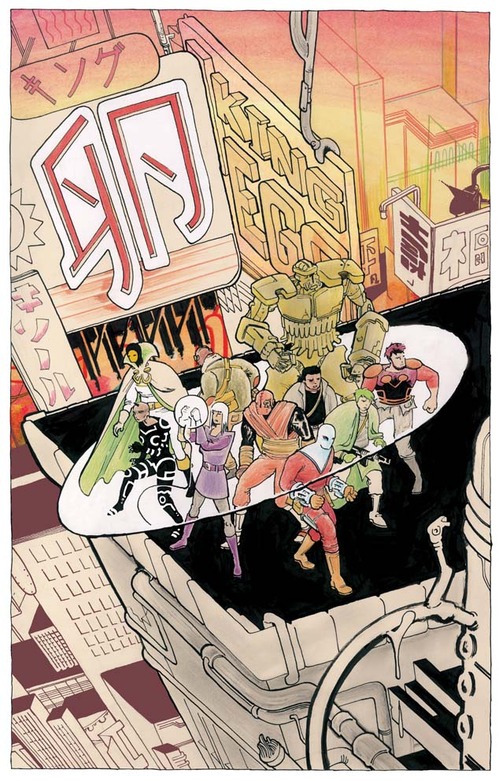Why Aren’t You Reading Michel Fiffe’s COPRA?
Copra art by Michel FiffeWelcome to the first installment of Why Aren’t You Reading?, Paste’s monthly look at under-the-radar comics, creators and small presses. This week, we’ll take a look at Michel Fiffe’s self-published COPRA. One look at the comic’s back issues on eBay will reinforce its prolonged cult following. We spoke with Fiffe about COPRA’s humble beginnings to its far-off finale.
![]()
“You always hear about creators who were frustrated with their work, and in their last ditch attempt to produce something solely for themselves, something pure and fun, they manage to create something that clicks. That’s basically what happened to me.”
-

-

-

-

-

-

-

-

-

-

-

-

-

-

-

-

-

-

-

-

-

-

-

-

-

-

-

-

-

-

-

-

-

-

-

-

-

-

-

-












































